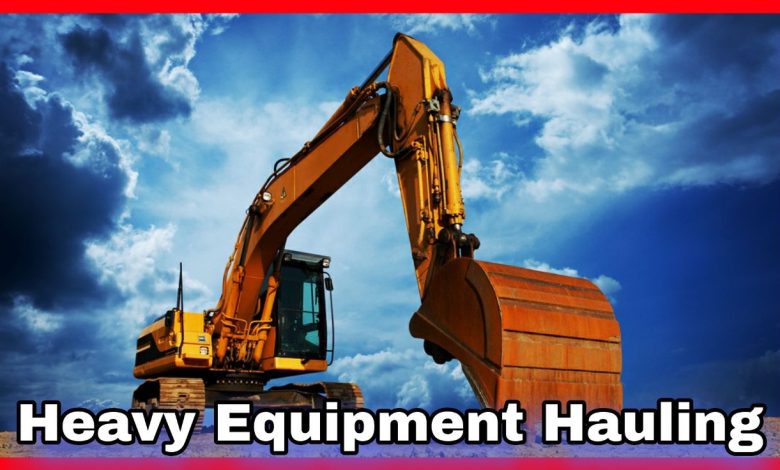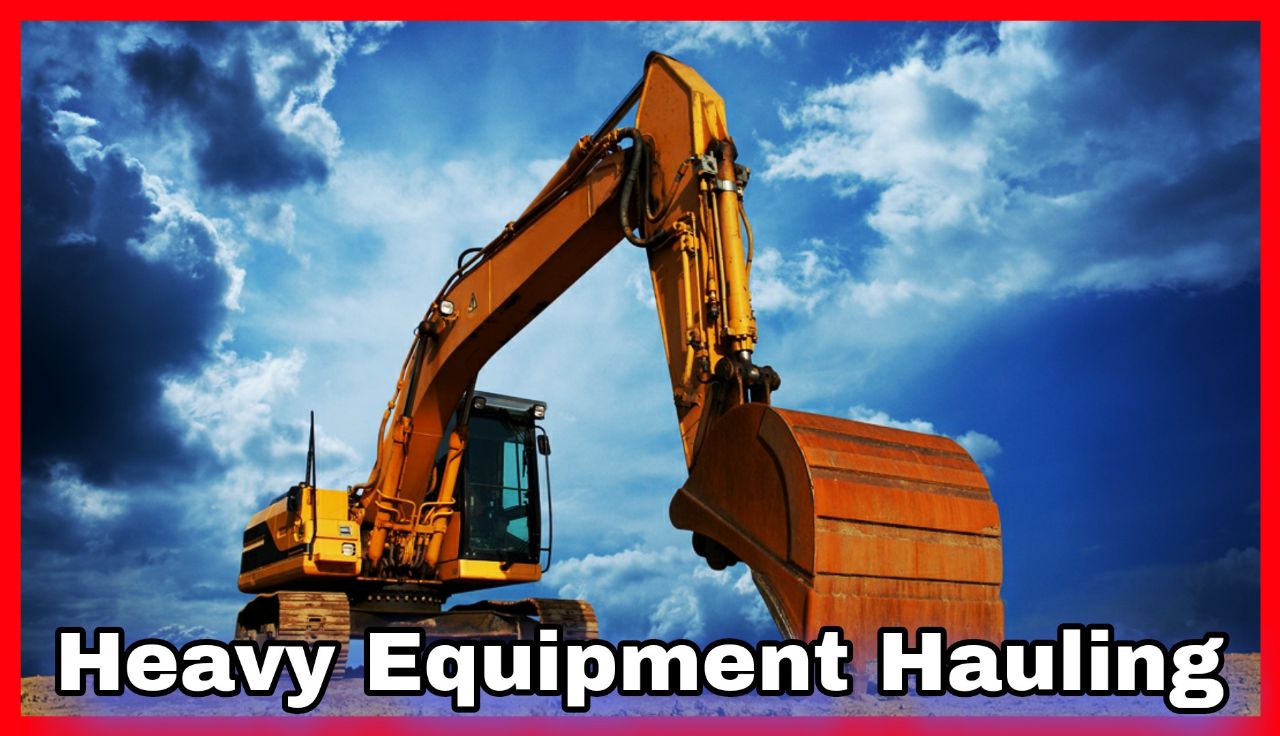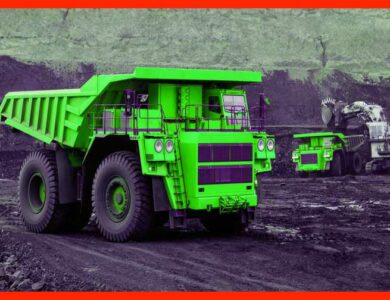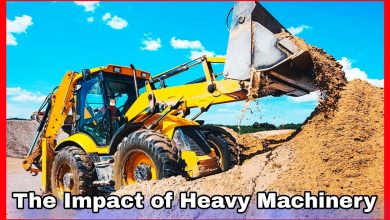
Heavy Equipment Hauling: Ensuring Efficient Transportation of Heavy Machinery
Heavy equipment hauling plays a crucial role in various industries, enabling the transportation of heavy machinery and equipment to different locations. This specialized service requires expertise, proper planning, and the use of specialized vehicles to ensure the safe and efficient transport of heavy loads. In this article, we will explore the essential aspects of heavy equipment hauling, including the process, equipment used, safety measures, and the benefits it offers. So, let’s dive in!
1. What is Heavy Equipment Hauling?
Heavy equipment hauling refers to the transportation of oversized and heavy machinery from one location to another. It involves the movement of equipment such as excavators, bulldozers, cranes, and other large construction or industrial machinery. Heavy equipment hauling is essential in industries like construction, mining, agriculture, and oil and gas, where moving heavy machinery is a regular requirement.2. Types of Heavy Equipment
The types of heavy equipment that are commonly transported through hauling services include:- Excavators
- Bulldozers
- Cranes
- Loaders
- Dump trucks
- Graders
- Pavers
- Heavy-duty trucks
3. The Process of Heavy Equipment Hauling
The process of heavy equipment hauling involves several crucial steps to ensure the safe and efficient transportation of machinery. Here are the key steps involved: Step 1: Assessment and Planning: Before the hauling process begins, the hauling company assesses the equipment’s weight, dimensions, and other relevant details. They also plan the transportation route, considering factors such as road conditions, permits, and any necessary escorts. Step 2: Equipment Preparation: The heavy equipment is prepared for transportation, which may include securing loose parts, disconnecting attachments, and ensuring proper packaging to protect fragile components. Step 3: Loading and Securing: The equipment is loaded onto a specialized trailer or transporter designed to handle heavy loads. It is then securely fastened using chains, straps, or other appropriate restraints to prevent shifting during transit. Step 4: Transportation: The loaded equipment is transported to its destination using specialized vehicles equipped with hydraulic systems for controlled movement. The drivers carefully navigate the route, adhering to safety regulations and considering any restrictions imposed by local authorities. Step 5: Unloading and Set-Up: Upon arrival at the destination, the equipment is safely unloaded and reassembled if necessary. Skilled operators and technicians ensure the equipment is properly set up and ready for use.4. Specialized Heavy Hauling Equipment
To handle the transportation of heavy equipment, specialized vehicles and equipment are employed. Some of the commonly used heavy hauling equipment includes:- Lowboy trailers
- Flatbed trailers
- Extendable trailers
- Multi-axle trailers
- Self-propelled modular transporters (SPMTs)
- Hydraulic platform trailers
5. Safety Measures in Heavy Equipment Hauling
Safety is of paramount importance in heavy equipment hauling to protect the machinery, the people involved, and other road users. Here are some essential safety measures implemented during the process:- Regular equipment maintenance and inspections
- Compliance with weight and height restrictions
- Proper load distribution and securement
- Adequate signaling and communication systems
- Well-trained and experienced drivers and escorts
- Adherence to traffic rules and regulations
- Use of pilot vehicles or escorts to ensure a safe journey
6. Benefits of Heavy Equipment Hauling
Heavy equipment hauling offers numerous benefits to industries relying on the transportation of heavy machinery. Some key advantages include:- Time and cost savings compared to dismantling and reassembling equipment on-site
- Accessibility to specialized machinery for remote or challenging locations
- Minimization of downtime by quickly moving equipment between project sites
- Increased efficiency and productivity by ensuring equipment availability
- Reduced wear and tear on machinery caused by driving long distances
7. Choosing the Right Heavy Hauling Company
Selecting a reputable and reliable heavy hauling company is crucial to ensure a smooth and secure transportation process. Consider the following factors when choosing a heavy hauling service provider:- Experience in handling similar types of equipment
- Proper licensing and insurance coverage
- Compliance with safety regulations and industry standards
- Availability of specialized trailers and equipment
- Positive customer reviews and references
- Competitive pricing and transparent cost estimates
8. Factors Affecting Heavy Equipment Hauling Cost
Several factors influence the cost of heavy equipment hauling, including:- Equipment weight and dimensions
- Distance of transportation
- Route complexity and road conditions
- Permit requirements and escort services
- Fuel prices and taxes
- Seasonal demand and availability
- Additional services such as packaging and insurance
9. Common Challenges in Heavy Equipment Hauling
Heavy equipment hauling presents various challenges that need to be addressed effectively. Some common challenges include:- Narrow or winding roads that require careful navigation
- Bridge weight restrictions and height clearance limitations
- Adverse weather conditions affecting road safety
- Traffic congestion and delays in urban areas
- Coordination with local authorities for necessary permits
- Handling unexpected obstacles or mechanical failures during transit
10. Future Trends in Heavy Equipment Hauling
The heavy equipment hauling industry is continuously evolving to meet the growing demands of various sectors. Some future trends to watch out for include:- Advancements in self-driving and autonomous heavy haulers
- Integration of telematics and real-time tracking systems
- Use of drones for aerial inspections and route surveys
- Implementation of artificial intelligence for route optimization
- Increased use of renewable energy in heavy hauling vehicles
FAQs
Q1: Are there weight restrictions for heavy equipment hauling? A1: Yes, weight restrictions are in place to ensure road safety. Hauling companies comply with these restrictions and plan the transportation accordingly. Q2: How long does it take to transport heavy equipment? A2: The duration of transportation depends on various factors such as distance, route, and permits required. It is best to consult with the hauling company for an accurate estimate. Q3: Can heavy equipment hauling be done internationally? A3: Yes, heavy equipment hauling can be performed internationally, but it requires additional considerations such as customs clearance and compliance with international regulations. Q4: What happens if there is damage to the equipment during transportation? A4: Reputable hauling companies provide insurance coverage to protect against potential damage. They also take necessary precautions to minimize the risk of damage. Q5: Is heavy equipment hauling cost-effective for small businesses? A5: Heavy equipment hauling can offer cost savings for small businesses compared to alternative methods such as dismantling and reassembling equipment. It eliminates the need for additional labor and reduces downtime.
URL Copied



